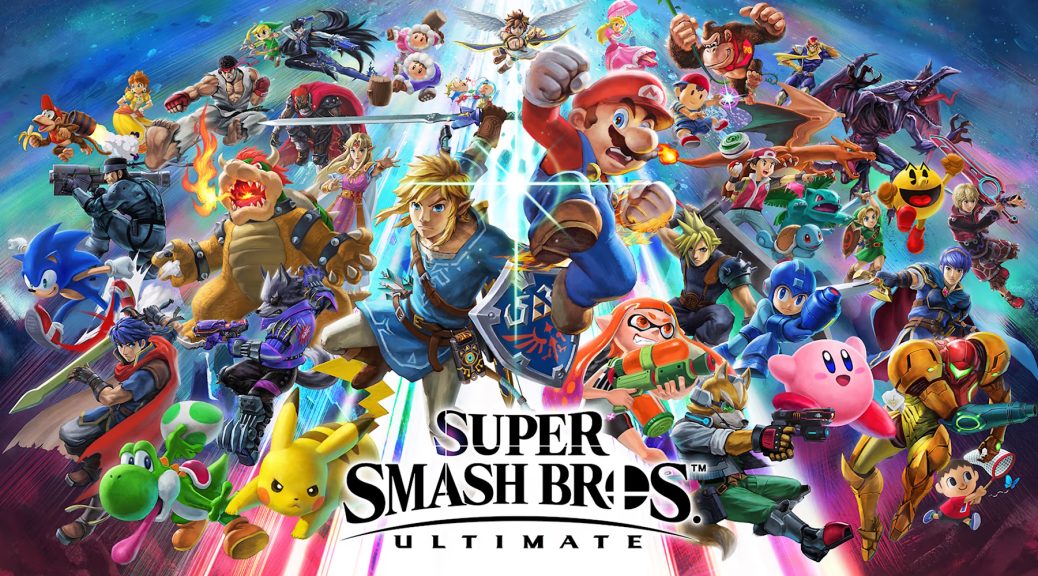
Super Smash Bros. Ultimate
Street Fighter 6 was a decent attempt, but nobody makes an accessible fighting game like Smash Bros. Having very different characters derived from the same intuitive template allows one player to realistically experience the roster’s full breadth without having to restrict themselves to one or two primary fighters. Add in dozens of chaotic items, unorthodox stages, multiple gameplay modes, and extensive customization options, and you get a well-deserved decades-long reign as a fixture of multiplayer entertainment.
Ultimate lives up to its name with a downright psychopathic amount of content. While fears that it would be a Mario Kart 8-style Deluxe version of SSB4 turned out to be incorrect, it is more of a “greatest hits” title than a forward progression of the series. Notably, it brings back every playable character from previous games, and nearly every stage, but it offers the smallest number of newcomers of any installment. Whether this is a net positive is debatable, but the developers did take the opportunity to tweak much of the lineup to be faster and more competitive, making it more balanced than this infamously lopsided series has ever been.
Most of the new content is centered on the reworked Adventure mode (“World of Light”) and its accompanying Spirit mechanic. The latter is basically SSB4’s Equipment mechanic with several additional layers of unnecessary complication, while the former contains hundreds of battles with fighters modified to best fit the NPC Spirit they’re supposed to represent. The quality of these features is all over the place. The constant mechanical alterations and number of playable characters keep World of Light engaging for way longer than Brawl’s equivalent Subspace Emissary mode. However, a significant percentage of the appeal will directly scale with your recognition and appreciation of the characters and in-jokes being referenced. Even as someone who gets 90% of it, the mode is unnecessarily long. It’s also disappointing that the crossover narrative of Subspace Emissary is basically nonexistent. As for the Spirits, the RPG-style progression they add is conceptually agreeable, but it could have been made much less redundant and cumbersome.
Given that Smash Bros. is Nintendo’s playable tribute to itself (and increasingly, all of video games), it’s not surprising that no expense was spared in the presentation. The character animation is more expressive than ever, the sound effects for high-impact attacks can only be described in sexual terms, and the overall game feel is like mainlining dopamine. The soundtrack is full of classics too, although with less curation than before now that its track list is hundreds-strong. Despite all of this, for the third game in a row, online play is somewhat spoiled by semi-regular input lag and lackluster matchmaking capabilities. It’s frustrating, but I suppose it wouldn’t be representative of Nintendo if it understood the significance of online gameplay.